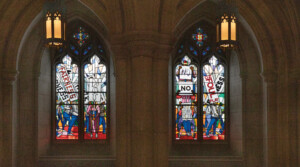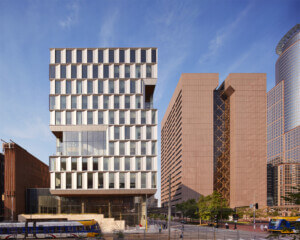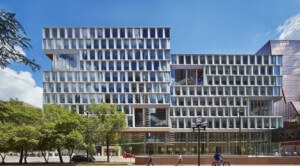The murder of George Floyd under the knee of one of our city’s police officers has outraged and deeply saddened the Native American community in Minneapolis. It is a painful reminder of an ongoing crisis of structural racism and oppression that directly impacts Indigenous, African American, and other communities of color daily. It is a painful reminder of incredibly deep wounds that are not healing.
Our communities share Minneapolis, and we share the Minneapolis Police Department. The Native American community in Minneapolis is no stranger to police violence and structural racism. From historic government policies intended to exterminate Indigenous populations to the subtlest forms of institutional racism perpetuating societal inequities today, the Native American community has survived by resilience, through uprisings, and collective action. A murder committed against a fellow citizen by a police officer is not a time to be silent or complacent as individuals, as a community, or as a profession.
As a Native American community member and architect watching the neighborhood I grew up in burn in a social uprising, I am asking myself how our profession will respond to both the destruction and to the murder. What sustained, long-term actions will our profession take to address the core issues and underlying systems in place that have allowed our society to accept the status quo? I know architects will swoop in to help clean up the aftermath and design the buildings that will replace those that have burned down. That is a good thing. But are we asking the difficult questions and challenging our own biases? Are we tackling the core social issues as a profession to initiate true structural change? Or will we essentially just rehash the same old design thinking of a broken system?
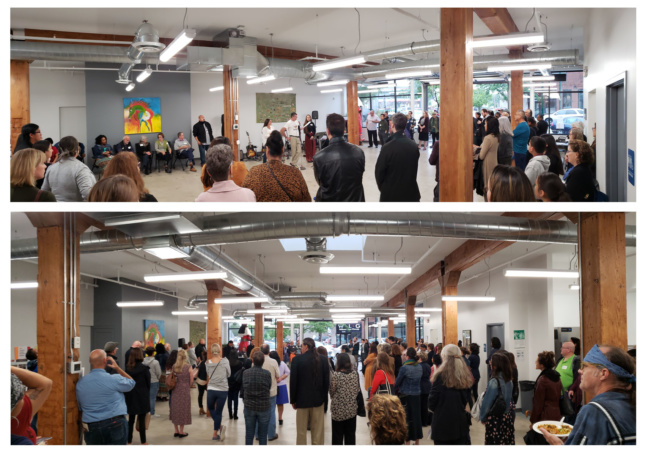
Is structural racism an issue for architects to even address? Property damage and violence are inexcusable, and the impacted communities from the events of the past week will need our services to rebuild. But perhaps the real change we need as a society will come from the committed institutions and community members who understand that the relationship between design, people, buildings, neighborhoods, infrastructure, culture, opportunity, equity, and justice are all inextricably linked. That is architecture. Our profession must not only participate but lead a sustained dialogue.
As I have watched the events in my neighborhood unfold, I am reflecting on my own role and professional responsibility as a Native American architect working to explore issues of equity in community-building. Over the past decade I have been involved in efforts to revitalize a stretch of urban fabric along Franklin Avenue in South Minneapolis that has been the center of one of the largest urban Native American communities for over 50 years. Our efforts are transforming what had become a slowly decaying urban neighborhood into a safe and vibrant cultural destination called the American Indian Cultural Corridor. We are exploring ways to reimagine inventively what the heart of our community will be and investing in organizations and projects that serve and bring our community together.
One important recent success story is Migizi Communications, a 40-year-old non-profit organization nurturing the development of Native American youth in the city. I am a graduate of the program myself and it has been an important part of my life since I was in grade school in the Phillips neighborhood of South Minneapolis. The organization recently purchased and renovated a small building after a long capital campaign and moved to its new location last fall with a ceremony and community celebration. I was honored to design the space as a pro bono effort to say thank you for the personal impact they had on me as a youth. Migizi is full of the energy, hope, and spirit of our community’s future.
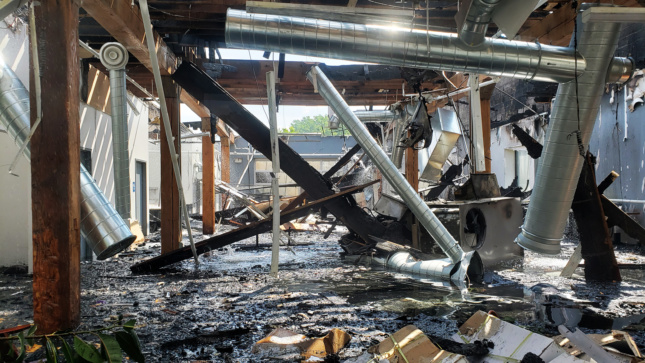
Migizi Communication’s building happens to be located one block away from the 3rd Precinct police station, which was at the heart of the initial protests over George Floyd’s murder in South Minneapolis. The building was not targeted specifically and no one was injured, but embers spread from a nearby fire and destroyed the building overnight. All of Migizi’s equipment and supplies in the building were lost. This is a devastating loss to our community, and we are committed to rebuild.
Numerous other businesses, buildings, and community resources were destroyed or damaged all over the city of Minneapolis. Each of these institutions and neighborhoods also has an opportunity to reimagine as they rebuild. As our profession participates in this process we have an unprecedented opportunity and unquestionable responsibility to explore new ways of design thinking that can challenge the structural systems previously in place. How will we approach this as a profession? How can we rethink the way we design buildings and neighborhoods to encourage equity? How can we celebrate cultural identity and also honor diversity? What does a world not based on the status quo look like?
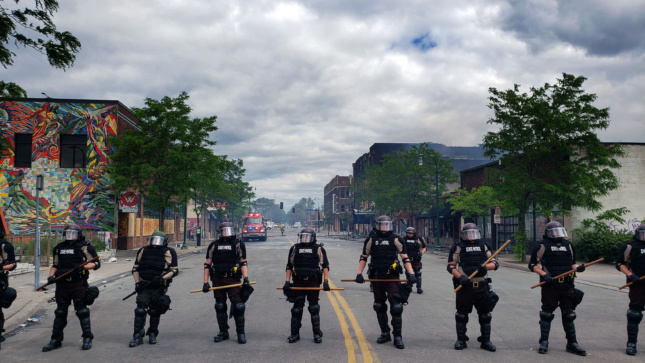
The pain and anger we are expressing publicly as individuals and as allied communities of color is rooted in the shared experience of police violence and the long history of structural racism that communities of color see and live every day. Our community is calling for swift action, stronger and positive partnerships, and sustained change within the Minneapolis Police Department in solidarity with the African-American community. We are demanding permanent change.
I challenge our profession to do the same. We cannot go back to a normal that was based on a broken system. Everyone who has witnessed what happened to George Floyd and the destruction in Minneapolis and other communities around the country is now forever responsible to do something different than before. We are responsible for transforming and healing our communities, promoting unity and equity, and joining a shared battle to dismantle systems of oppression. The wounds of systemic racism, sexism, classism, and every form of destructive bias hurt us all, even if you may have a privilege or blind spot that doesn’t allow you to see it. Justice and equity are part of any architecture worth doing.
Sam Olbekson, AICAE, AIA, NCARB, is a citizen of the White Earth Nation of Ojibwe, immediate past president of the American Indian Council of Architects and Engineers, CEO of Full Circle Indigenous Planning, and principal of Cuningham Group Architecture.








